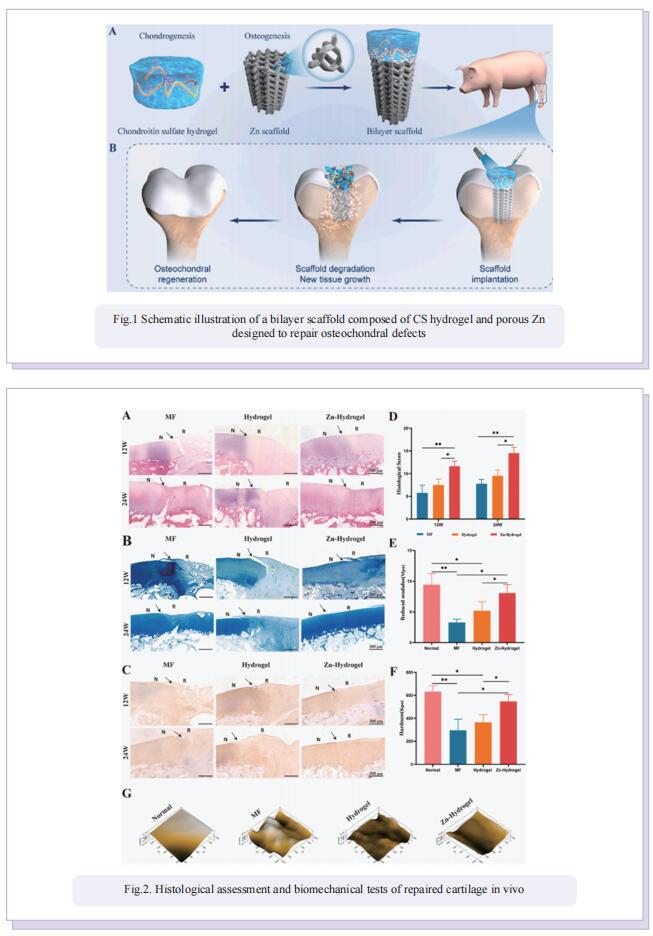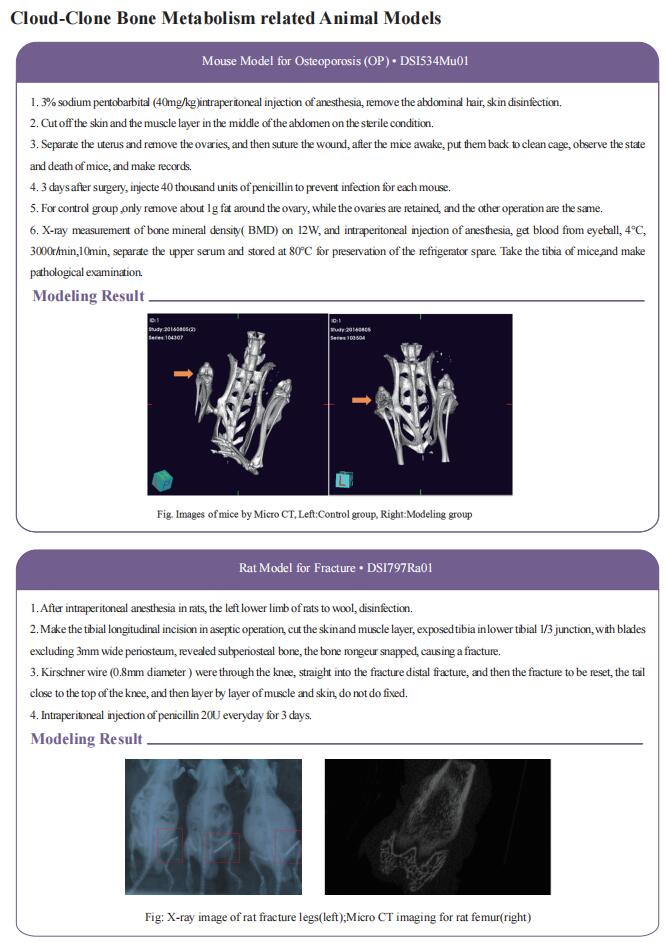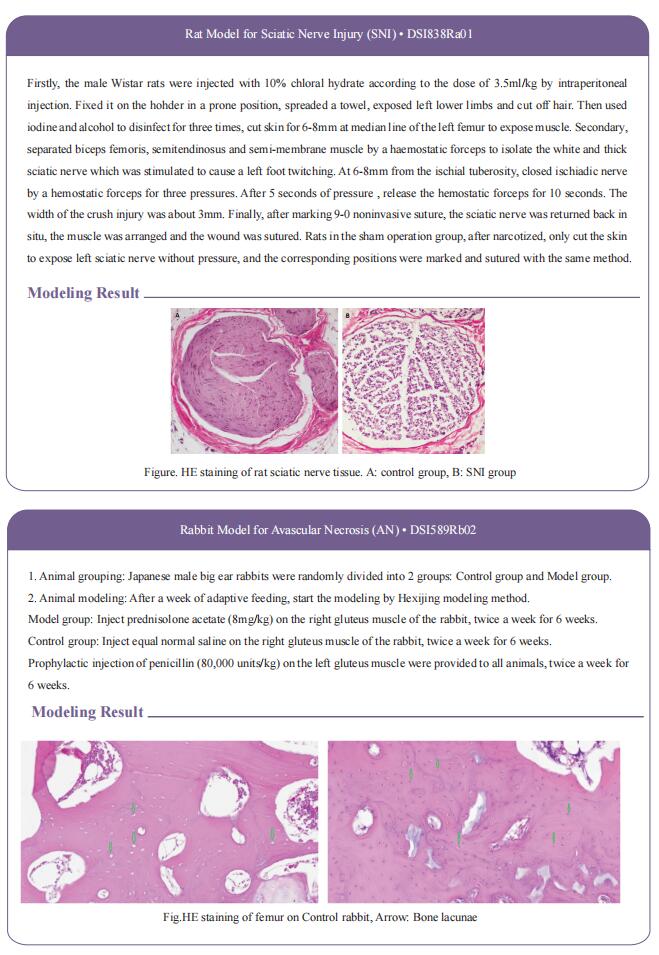Osteochondral lesions and defects in joints are no longer a problem! Biodegradable double-layer scaffold brings new hope for cartilage repair
Osteochondral lesions and defects in joints are prevalent and pose a significant health concern, resulting in knee joint pain, dysfunction, and, ultimately, disability. While bone tissue is vascularized and possesses intrinsic regenerative capabilities, cartilage is avascular, aneural, and alymphatic, which limits its capacity for self-repair. Traditional clinical therapeutic approaches, such as microfracture, osteochondral grafts, and autologous cell transplantation, do not successfully improve the structure and function of the affected areas. Tissue engineering, which involves creating a scaffold that mimics tissue, offers a flexible solution for osteochondral regeneration. However, the presence of non-degraded material may require surgical intervention, thereby further constraining the effectiveness of this scaffold treatment methodology.

On October 24, 2023, Jianquan Wang, Department of Sports Medicine, Peking University Third Hospital, China, and his team published a paper titled “Full-thickness osteochondral defect repair using a biodegradable bilayered scaffold of porous zinc and chondroitin sulfate hydrogel” in Bioactive Materials. They devised a biodegradable bilayered scaffold, which exhibits significant potential for clinical application in osteochondral regeneration.





